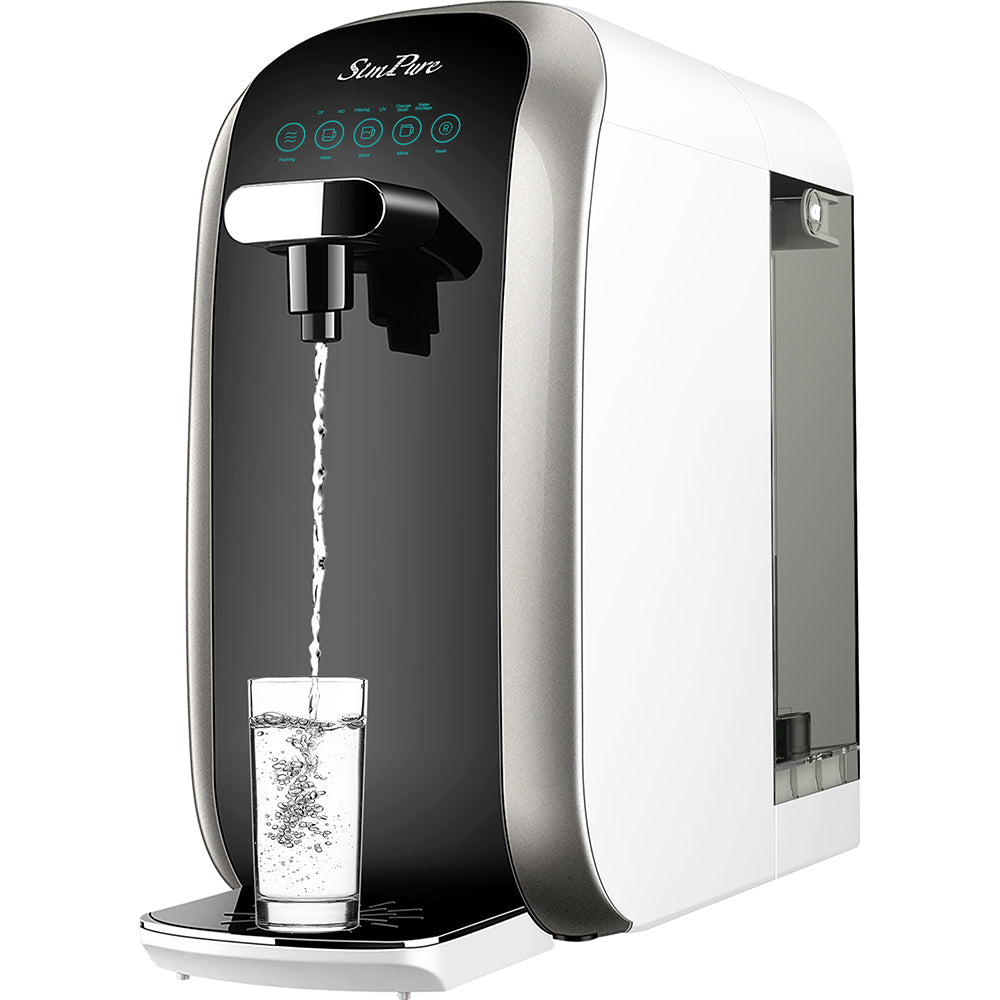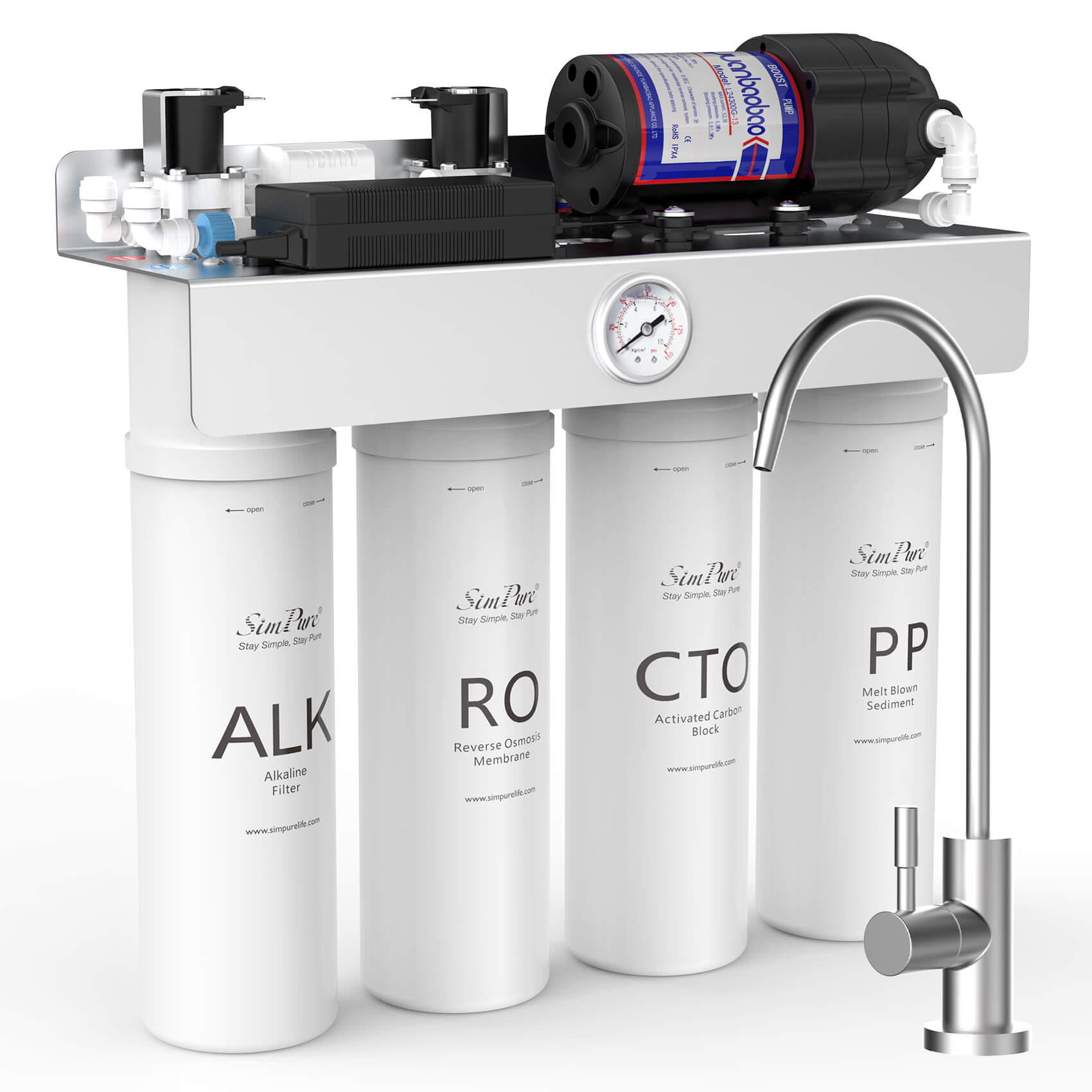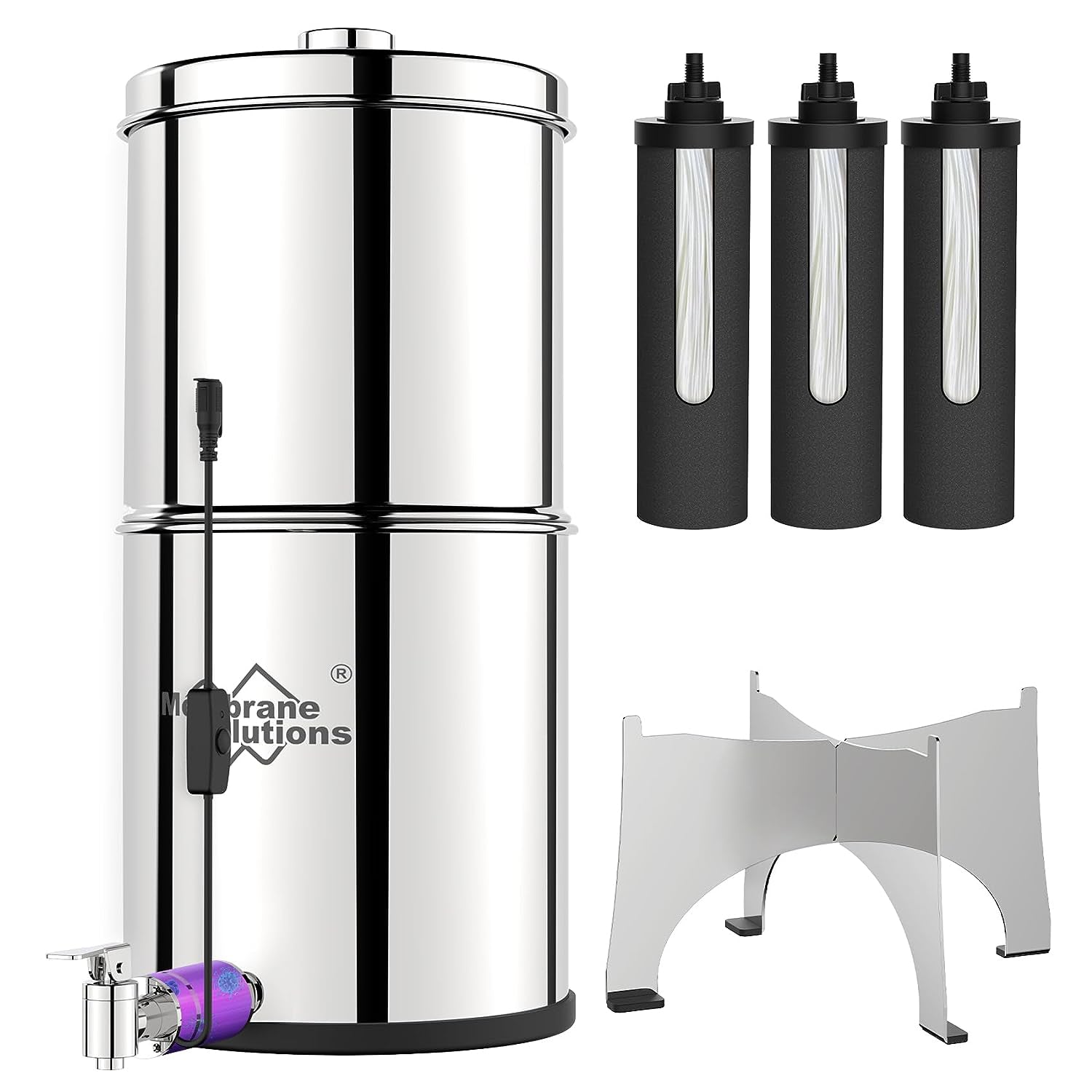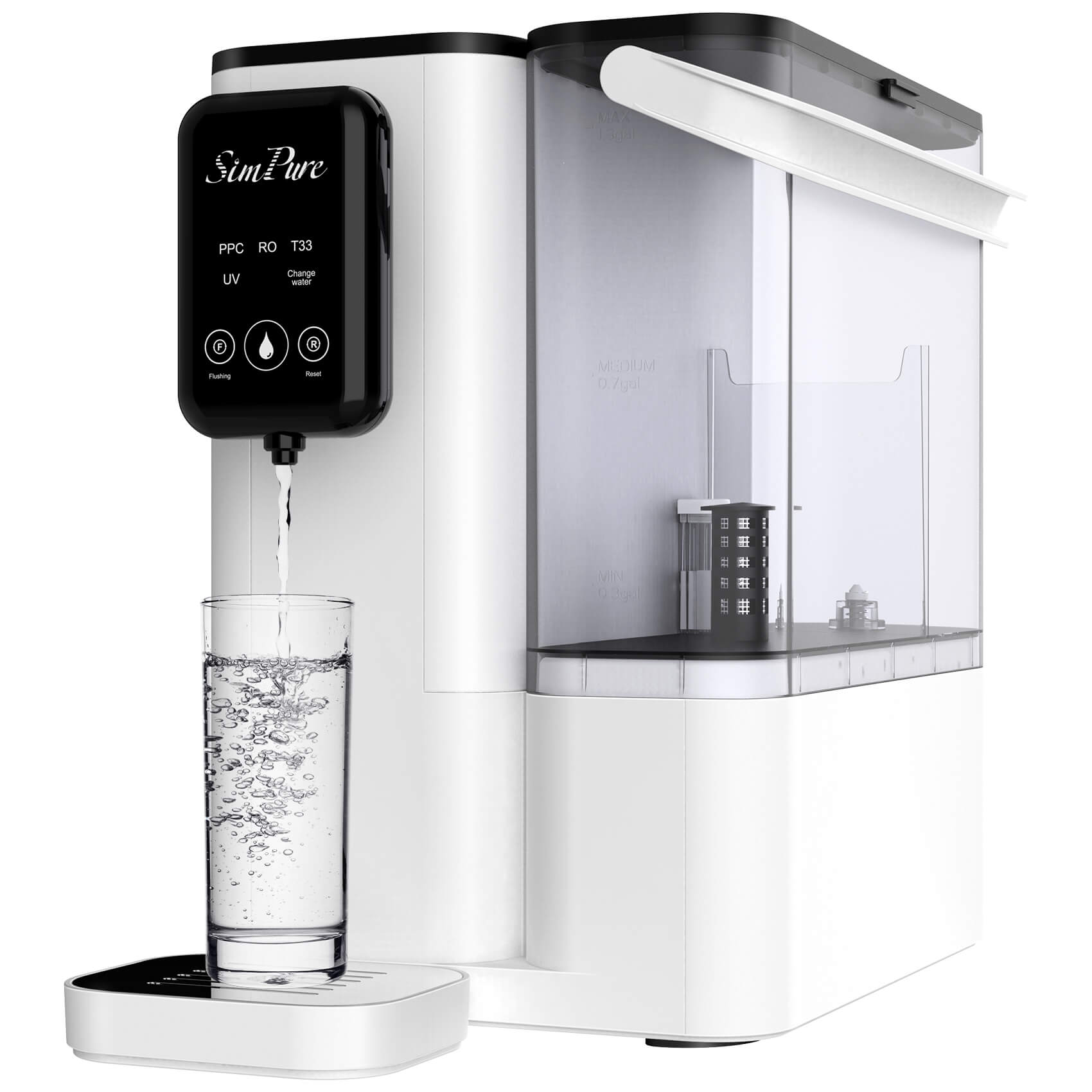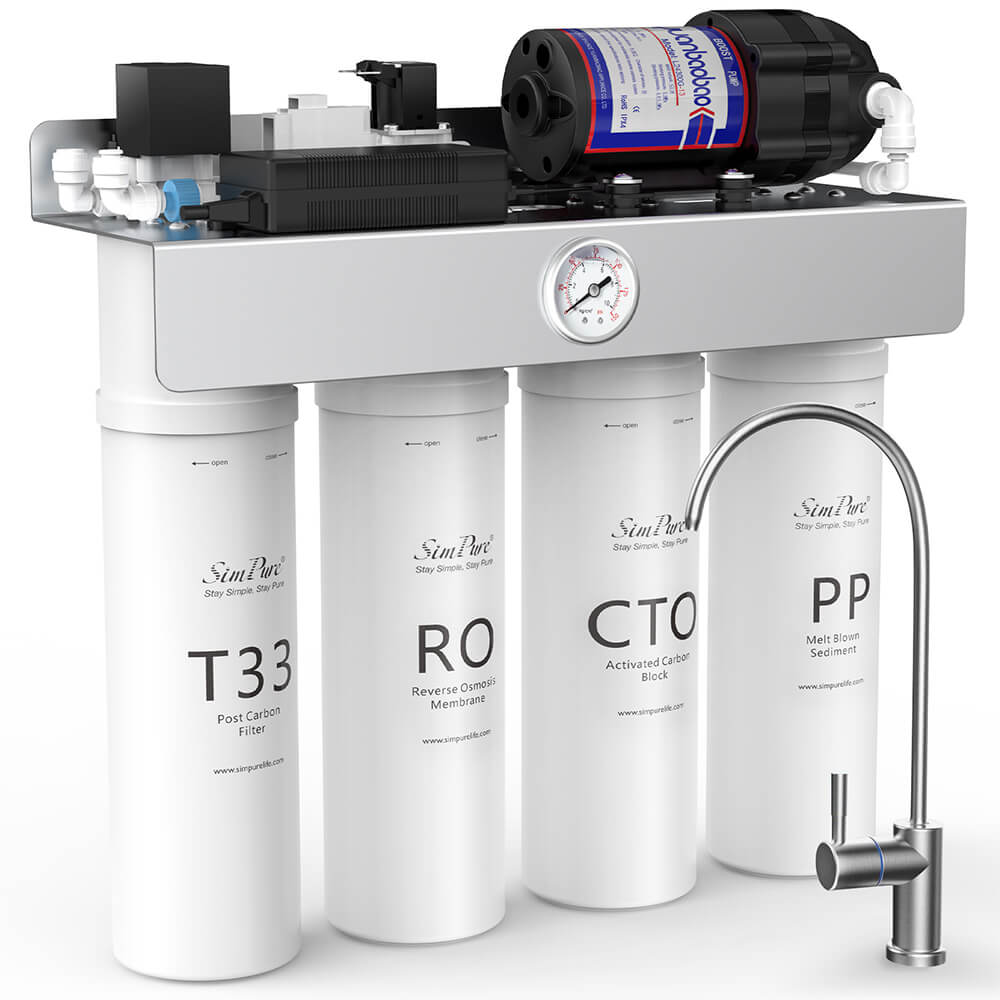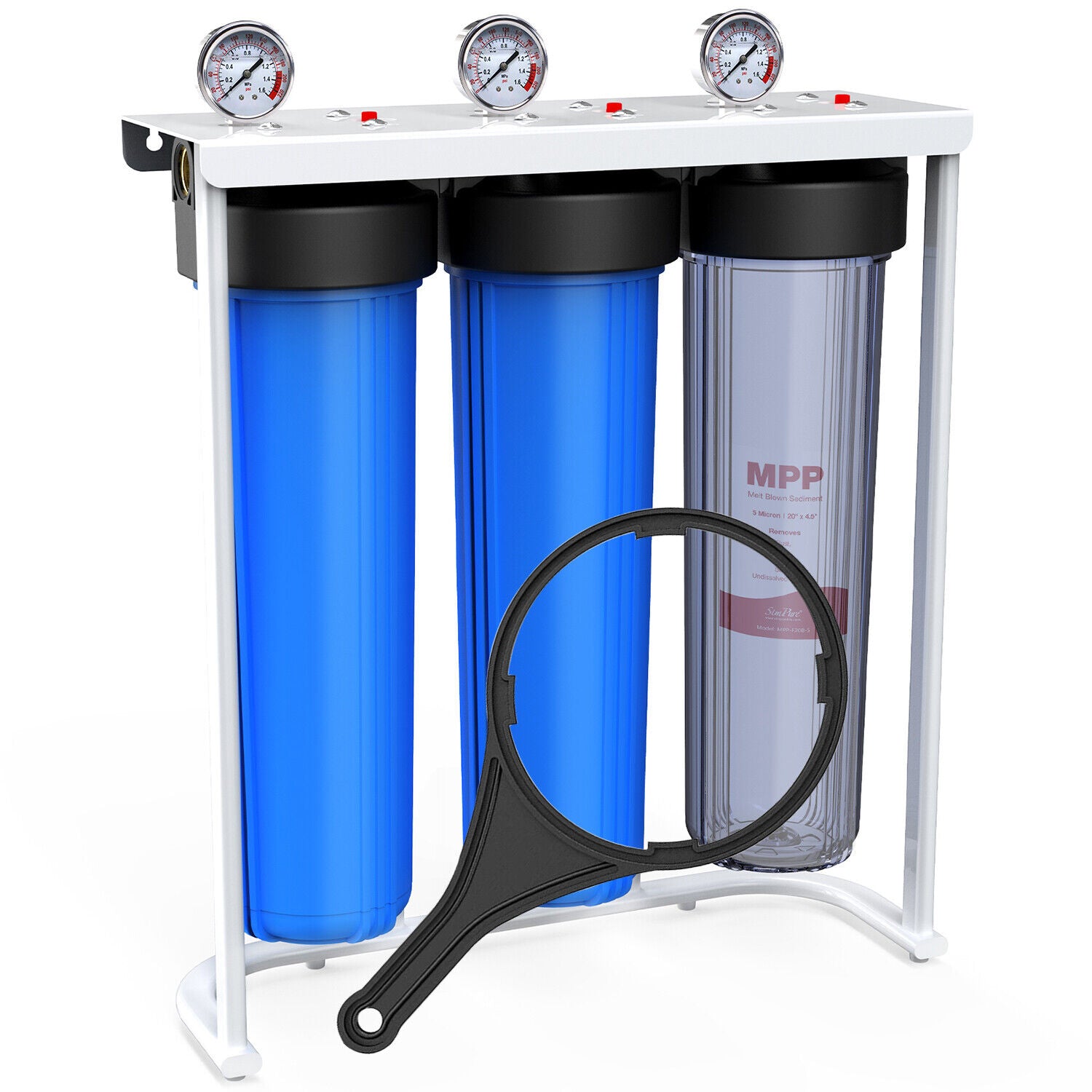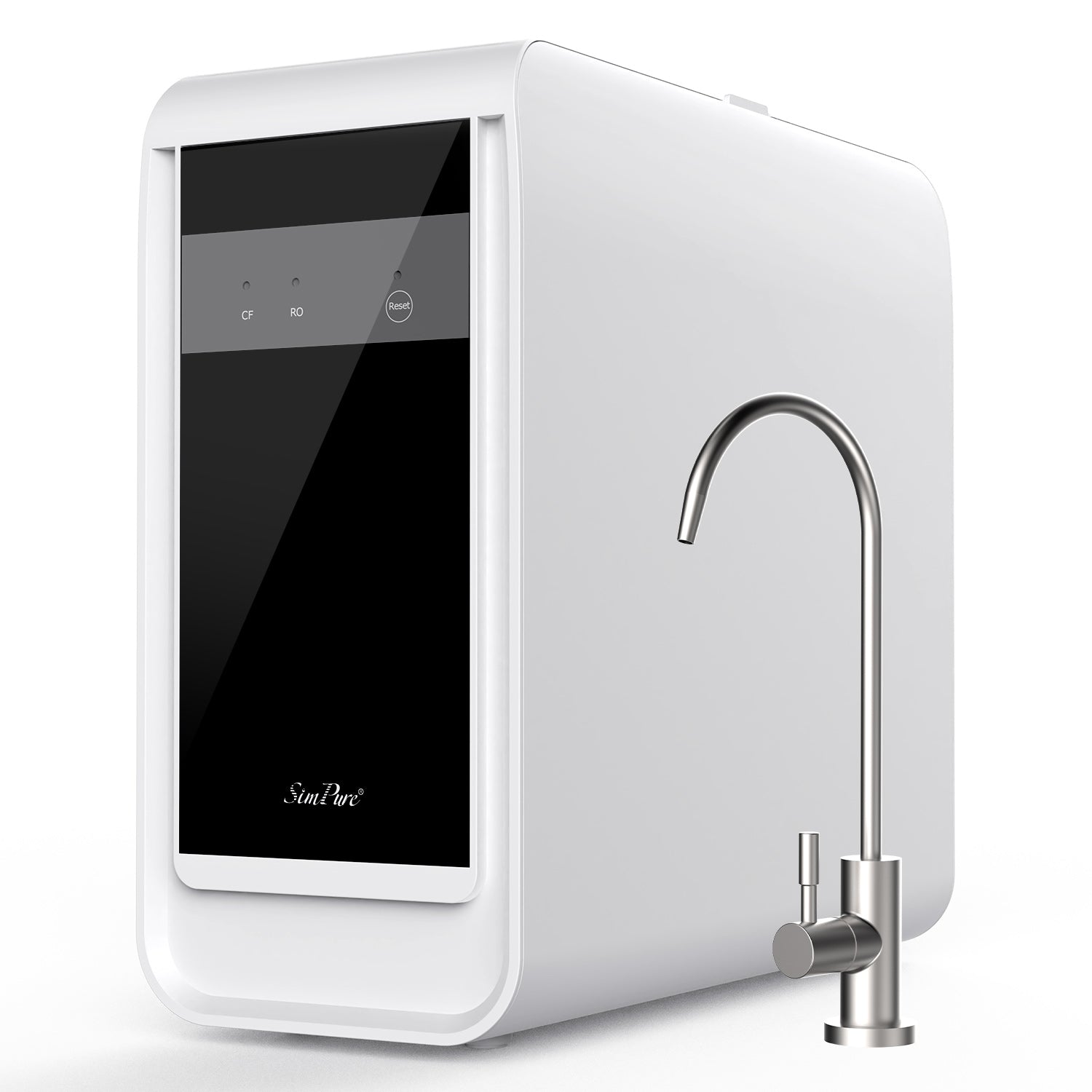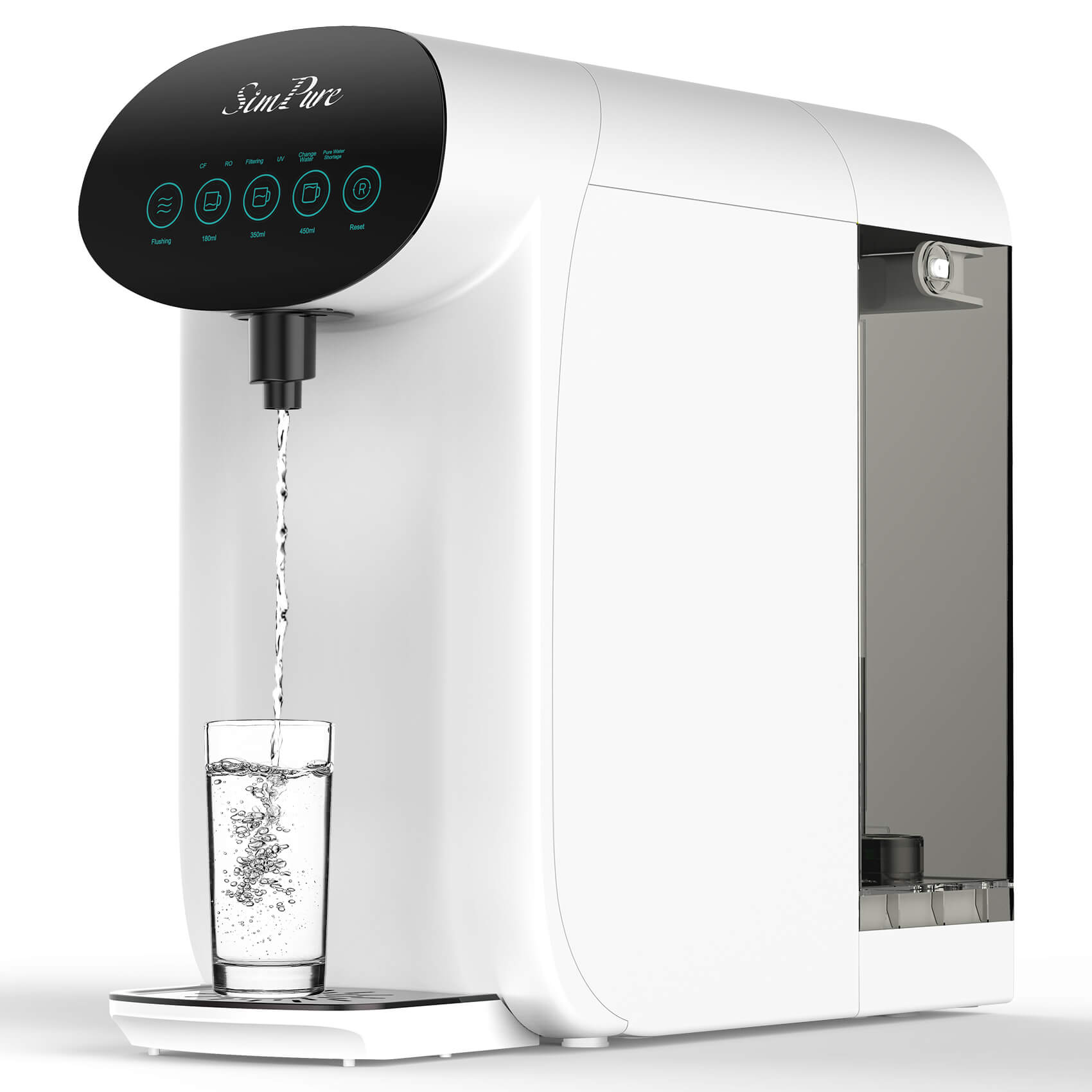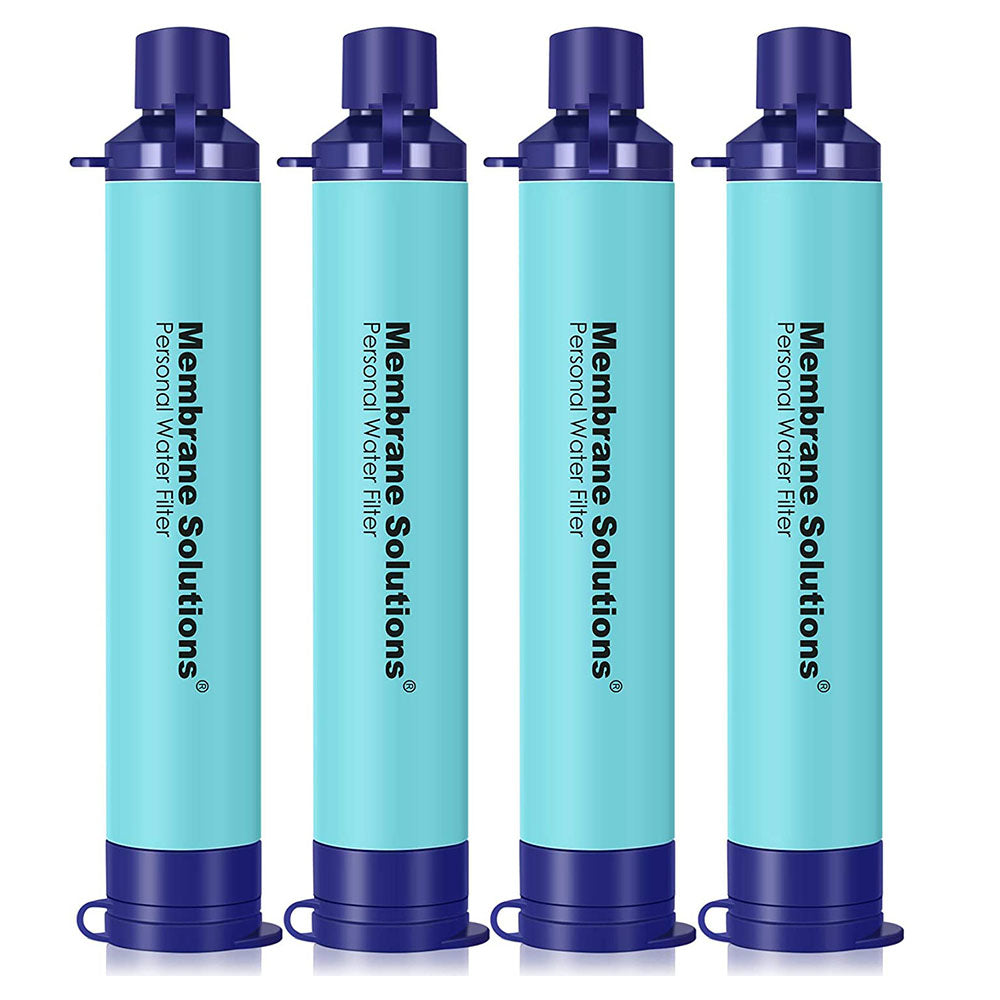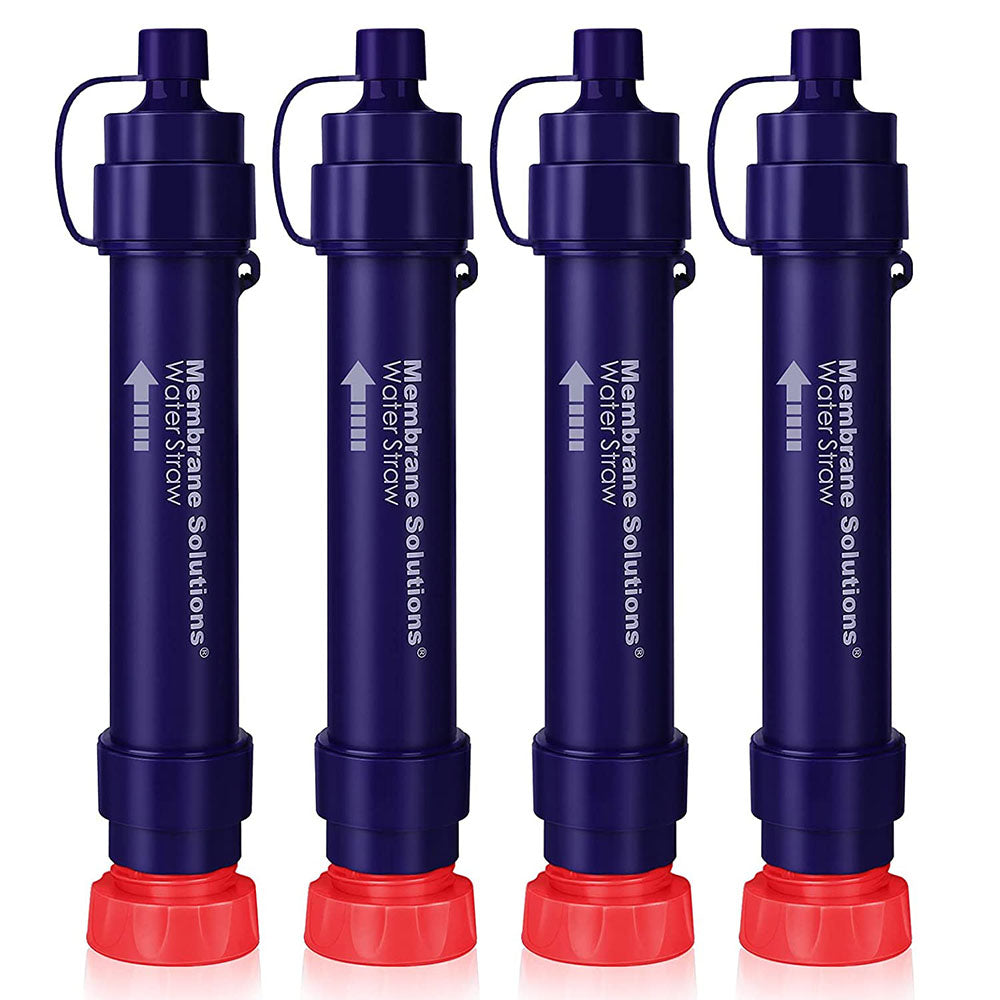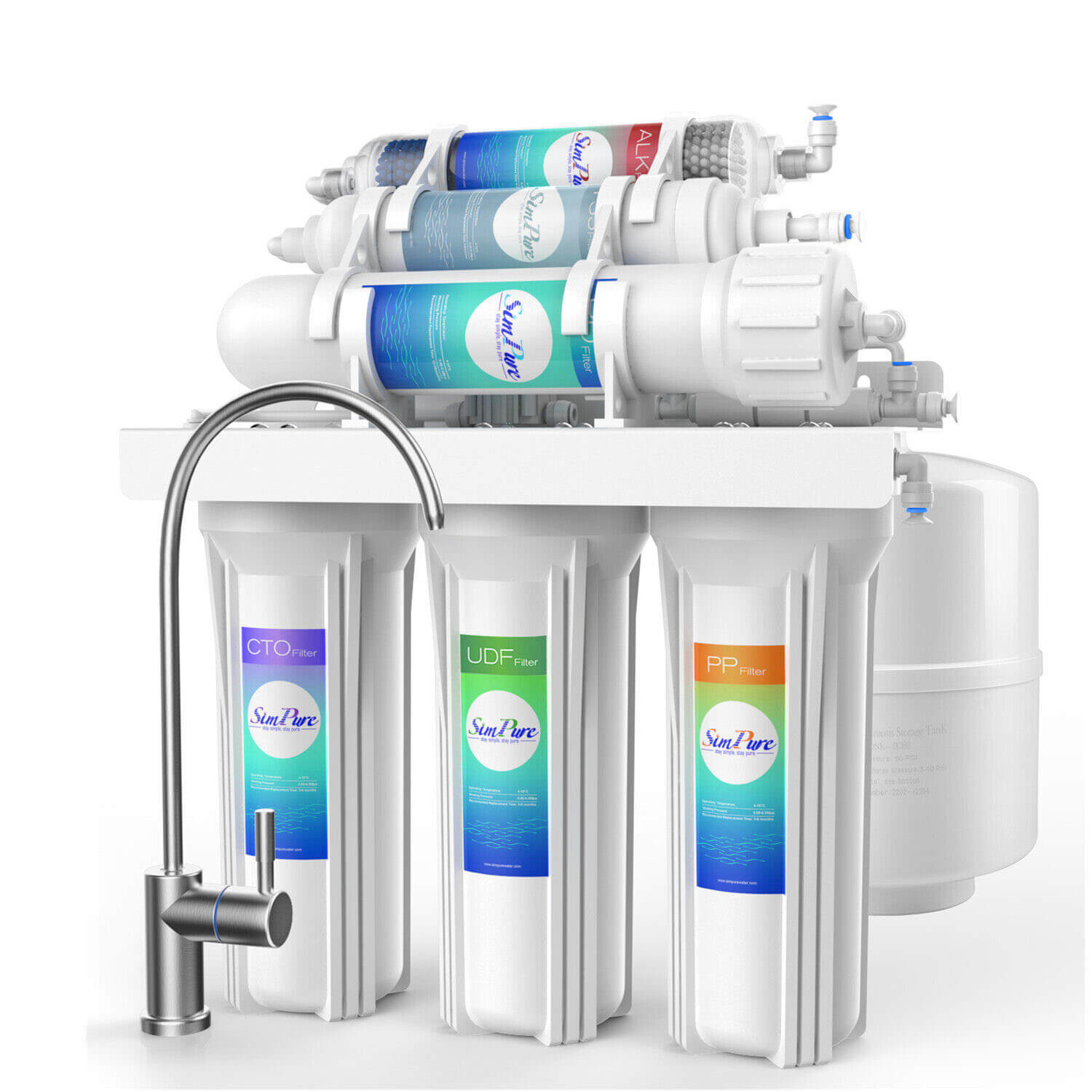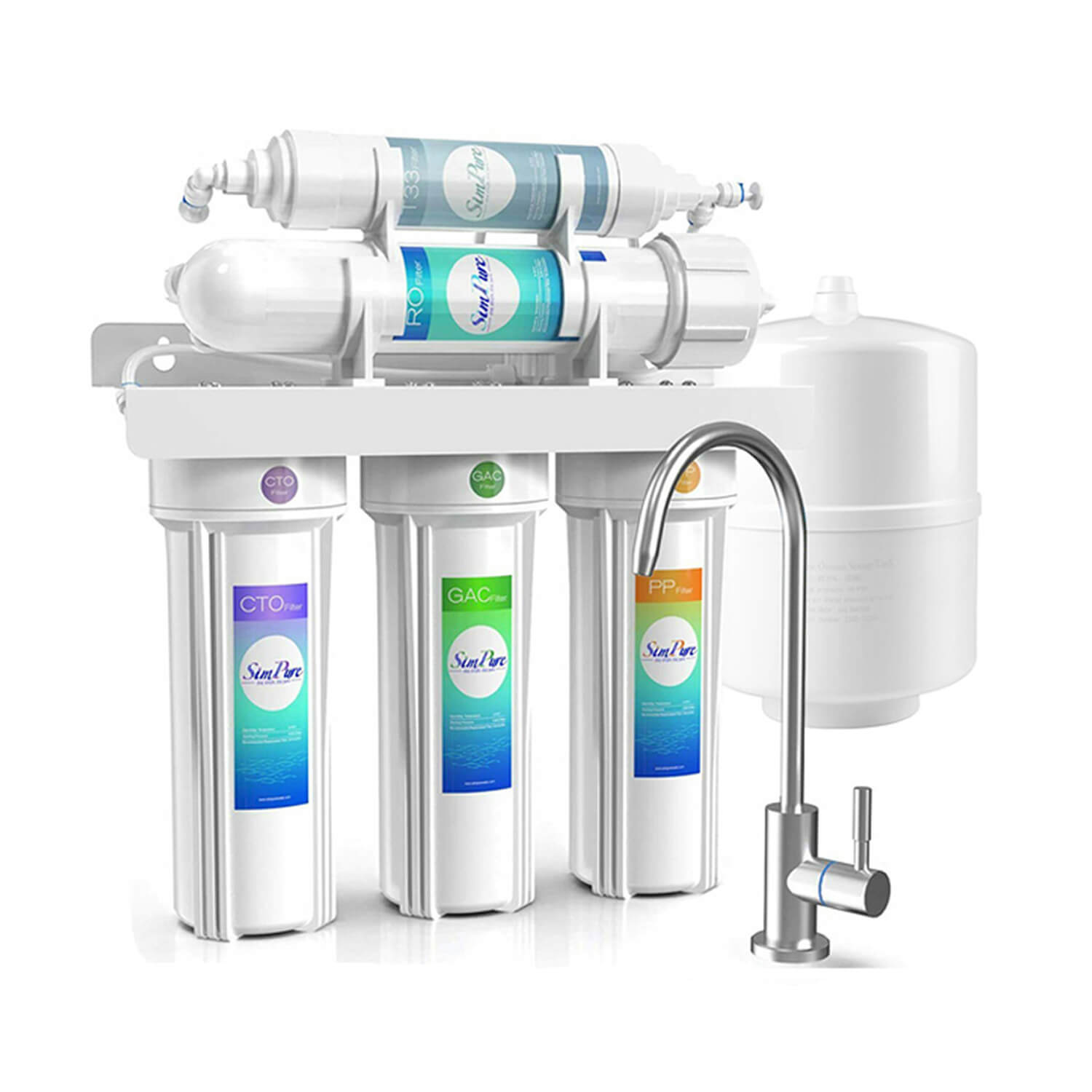The best partner for air purifiers is fresh air, one tube outside and one tube inside, which is the combination of men and women in the past.
Many people are wondering do air purifiers really work.As an in-pipe air purifier, don't go beyond your authority, the more you are, the more lonely you will be. Air purifiers are only useful for indoor air. The air is sucked into the air purifier by the fan, and passes through heavy filters. The smog, PM2.5, second-hand smoke, formaldehyde, peculiar smell, etc. in the air are filtered out, and the filtered air is discharged through the air outlet, so that the indoor air quality is improved.
Air purifiers are useful. They really work .They can absorb, decompose and transform a variety of air pollutants, generally including dust, formaldehyde, peculiar smells, etc., and can indeed achieve the effect of clean air.
Some professionals have conducted research on the air and found that 300 to 400,000 people suffer from health damage due to air pollution every year, so air purifiers can still help you.

The main function of the air purifier
- Settling of particles in the air: The air purifier can effectively settle dust, coal dust, smoke and other suspended particles that can be inhaled in the human body.
- Eliminate harmful microorganisms in the air: Air purifiers can effectively remove various flora on the surface of objects and reduce the spread of harmful substances in the air.
- (3) Elimination of peculiar smell: The purifier like air purifier for bedroom can remove the strange smell of tobacco, oil smoke and decoration smell in the air to ensure the virtuous circulation of the air in the room.
- (4) Neutralization of chemical gases: Air purifiers can neutralize harmful gases such as formaldehyde, pesticides, and benzene. As for how to choose an air purifier, you can refer to its classification. After all, everyone has different needs for purifiers. From the current point of view, air purifiers are divided into purification type, humidification purification type, and intelligent purification type.
Classification
- Purification type purifier: If you live in an area with moderate indoor humidity, or the air quality requirements are not very strict, you can choose this type of purifier.
- Humidification and purification type purifier: In a relatively dry area, or the indoor air is relatively dry due to frequent air conditioning dehumidification, or small partners who have high air quality requirements, this type of purifier is more suitable.
- Smart purification type purifier: For those who prefer smart home appliances or simple-to-operate purifiers, they can directly choose this type of purifier. If you wander around among the various air purifiers on the market, you can also lock in several aspects when choosing.
Selection skills
- Filter material: A good filter material is powerful and can generally absorb more than 99% of pollutants.
- Purification efficiency: The purifier can be selected according to the size of the room and referring to the purification efficiency.if you are going to buy an air purifier for large room,you may choose an air purifier with high Purification efficiency.
- Service life: Some purifiers are filters with regeneration function. Choosing this type of purifier can extend the service life.
- Room layout: The design of the air purifier is different. Some have a one-way air inlet and outlet, and some have an all-round circular air outlet. It depends on the layout of the room.
- Demand: You can choose according to your own purification needs.
- After-sales service: After the filter cartridge of some purifiers fails, contact the manufacturer to replace it, and you should choose a purifier with a more complete after-sales service.
The function is different, the price is also different, you can refer to the above points and make your own choice.


